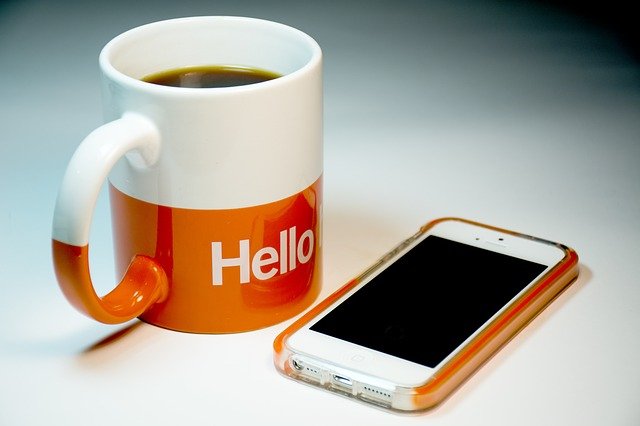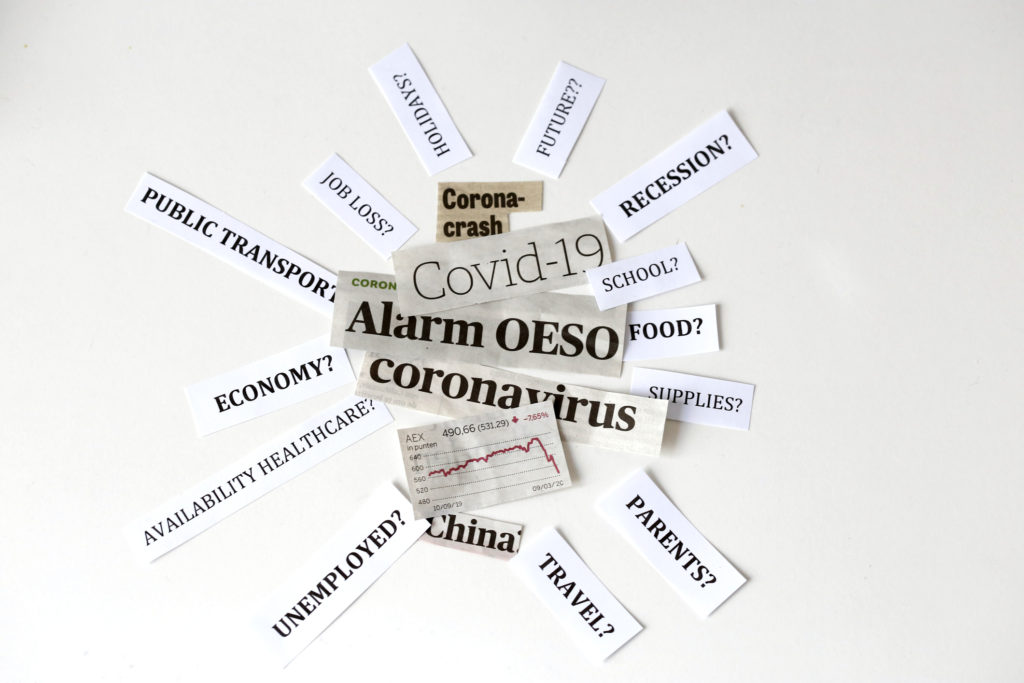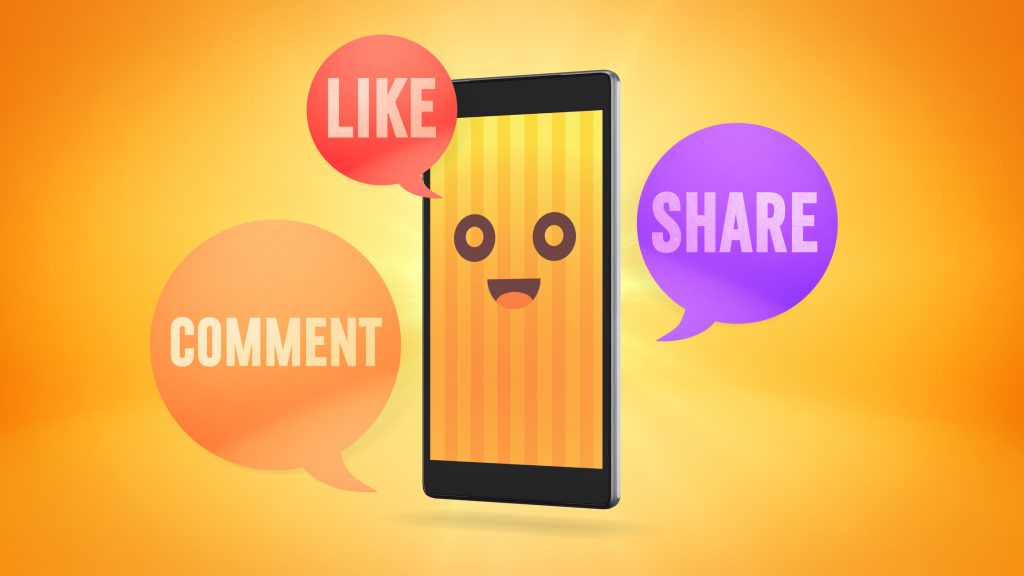Creating brand loyalty in the digital age is challenging but it’s on a more-level playing field. You must get consumers to think positively about your brand via different touchpoints. Shira Ovide, a technology writer for The New York Times, explores this in her column with the headline, “The Internet Broke Brand Loyalty.” Here’s a telling part of her piece:
“Think about the ways that you might have bought something in the Before Times – like, before 2010. Maybe you drove to your local hardware store looking for a cordless drill, and it stocked only Dewalt models. You trusted the store to sell a good product – or if you didn’t, it was your only option anyway. That’s what you bought. The retailer essentially made the choice for you, Mr. Levin and Mr. Lowitz said. (co-founders of Consumer Intelligence Research Partners) That’s not usually how we shop anymore. Instead of having that solo choice, we can browse the gazillion cordless drills on Amazon from our sofas and evaluate online customer reviews.”
The pandemic intensified “going online” making it often the first place consumers turn before purchasing goods and services whether by checking-out Amazon or major retail websites, company or brand websites, the news media, blogs, social media, online communities, trade publications, or influencers they follow.
Today, brands need to utilize the four main types of media under the communications umbrella to effectively reach and engage with prospects and customers. The PESO Model, created by Gini Dietrich, the founder of Spin Sucks, demonstrates how each media type ideally provides the greatest benefit when it’s integrated with the other ones.
The model blends paid, earned, shared and owned media, to establish credibility, trust and authority that fuels a brand reputation. Earned media includes building relationships with journalists, bloggers, podcasters, editors, writers, producers and influencers, so they share your story with their audiences – be it readers, viewers or listeners. For example, we garnered these for different clients; a major market radio interview, an interview with a national wire service, a featured story in The New York Times, a Q&A on a blog, a magazine article, a newspaper feature, a bylined article, and a conversation on a podcast.
The PESO Model illustrated in the graphic below, provides a clear framework for communicators like us to explain how the different media types work best in concert in today’s fast-paced evolving media landscape. Kudos to Gini for launching it in 2014 and sharing it widely ever since.

At ZB Group, our services focus on the earned and shared media spheres within the headings earned media, community, partnerships, reputation and marketing communications, to achieve our clients’ goals. Please reach out to learn how we can add value and turbocharge your marketing campaign so that your brand is top-of-mind.



